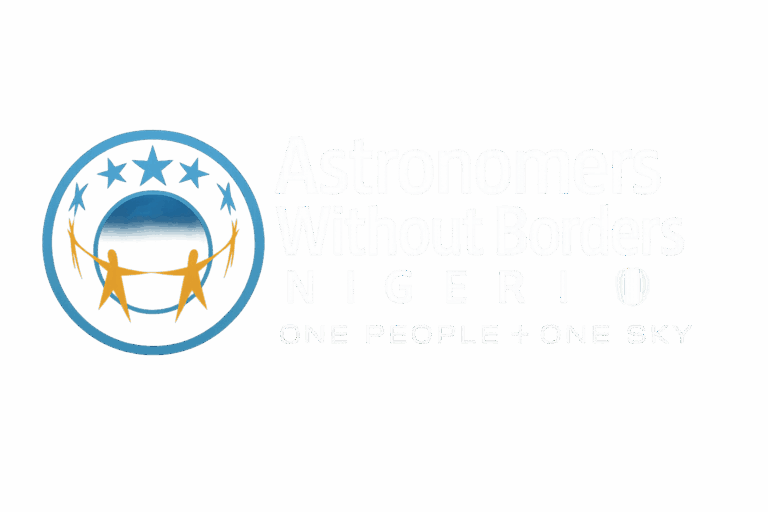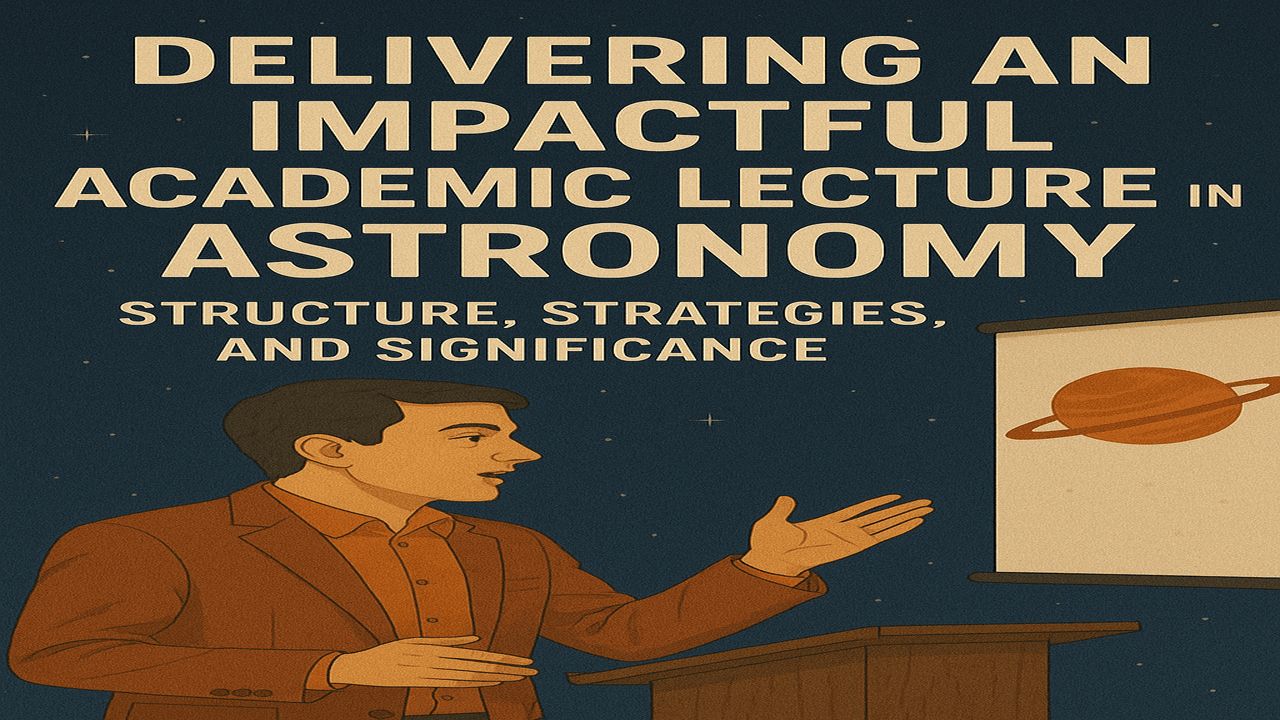Academic lectures are the intellectual backbone of astronomy education and research. Whether delivered at a university, science conference, observatory, or online seminar, an academic lecture offers the chance to convey scientific depth, spark critical thinking, and foster collaboration within the astronomy community.
If you’re an educator, researcher, or expert preparing to deliver an astronomy lecture—or someone aspiring to get into academic speaking—this guide will help you structure your presentation, engage your audience, and elevate your impact.
What Is an Academic Lecture in Astronomy?
An academic lecture is a formal instructional or research-based talk delivered to an audience of students, scholars, or professionals. In astronomy, this can range from introductory sessions on celestial mechanics to advanced seminars on dark matter or exoplanet detection.
 South Africa Weekend Weather September 2025 – Provinces Alerted of Dangerous Rain Conditions
South Africa Weekend Weather September 2025 – Provinces Alerted of Dangerous Rain Conditions
Academic lectures serve several purposes:
- Educate students and researchers about key concepts
- Present new research findings or methodologies
- Raise awareness about global missions (e.g., James Webb, ISRO launches)
- Encourage interdisciplinary discourse (e.g., astrochemistry, astrobiology)
Who Should Deliver Academic Lectures?
- University Professors
- PhD Scholars and Postdocs
- Researchers from Observatories
- Space Scientists (ISRO, NASA, ESA)
- Citizen Scientists & Astronomy Advocates
- STEM Educators with deep subject mastery
The goal isn’t just to transfer information—but to inspire inquiry, connect theory with application, and push the boundaries of what’s known.
Types of Academic Astronomy Lectures
- Introductory Lectures
- Topics: Solar System, Constellations, Moon Phases
- Audience: School and undergraduate students
- Technical Lectures
- Topics: Spectroscopy, Photometry, Star Classification
- Audience: Graduate students, researchers
- Mission-Based Talks
- Topics: Artemis, Mars Rover, Hubble Discoveries
- Audience: Public, journalists, cross-disciplinary scholars
- Specialized Research Presentations
- Topics: Galaxy Formation, Black Holes, Gravitational Waves
- Audience: Research community and academic conferences
How to Structure Your Astronomy Lecture
1. Opening (5 minutes)
- Introduce yourself and establish relevance.
- Pose a question or show a striking image (e.g., Hubble Deep Field).
- State your objectives clearly.
2. Conceptual Background (10–15 minutes)
- Provide the theoretical or historical foundation.
- Use visuals—diagrams, star charts, short animations.
3. Core Content (20–30 minutes)
 September 2025 R12,500 Youth Grant – Application Window Open With Step-by-Step Instructions
September 2025 R12,500 Youth Grant – Application Window Open With Step-by-Step Instructions
- Present the main argument, research, or methodology.
- Break content into 3–5 segments with clear subtopics.
- Avoid jargon or explain it with analogies.
4. Application and Implications (10 minutes)
- Link theory to observation or real-world missions.
- Discuss broader implications in space science or technology.
5. Conclusion (5 minutes)
- Recap key takeaways.
- End with a call to explore further, pose a final question, or share a powerful quote.
6. Q&A Session
- Reserve 10–15 minutes for audience interaction.
- Be open to interdisciplinary or challenging questions.
Tools and Resources
- Software for Slides: PowerPoint, Google Slides, Prezi
- Simulation Tools: Stellarium, Celestia, Universe Sandbox
- Data Sources: NASA ADS, arXiv.org, Sky & Telescope databases
- Live Demos: Use telescopic apps or solar system simulators
How to Keep Your Audience Engaged
- Use storytelling: Describe the journey of Voyager or Galileo’s discoveries.
- Insert interactive moments: Real-time sky positioning with apps, quizzes.
- Include astronomy memes or cultural references (e.g., how stars appear in mythology).
- Offer real observation data or invite to join upcoming sky events.
Hosting Platforms (For Virtual Lectures)
- Zoom / Google Meet: Widely used for institutional webinars
- YouTube Live: Great for public-facing outreach lectures
- OBS Studio: For lecture recordings with overlays
- Moodle / Canvas: For integrated academic coursework
Where to Deliver Academic Lectures
- Universities and Colleges
- Science and Astronomy Clubs
- Planetariums and Observatories
- National Science Fairs
- Online Education Platforms
- Astronomy Camps and Public Events
Many institutions also look for guest speakers on:
- World Space Week
- International Astronomy Day
- Solar Eclipse Events
- School Science Weeks
Benefits of Giving Academic Lectures
| Academic | Personal | Professional |
|---|---|---|
| Share your research with peers | Improve public speaking | Build authority in your field |
| Collaborate with global experts | Refine your understanding | Network with institutions |
| Influence young minds | Fulfillment through teaching | Opportunities for consulting or funding |
Common Challenges & Solutions
| Challenge | Solution |
|---|---|
| Complex topics lose audience | Use analogies and real-world comparisons |
| Time overrun | Rehearse with a timer, trim content |
| Low engagement | Ask rhetorical questions, use polls |
| Tech failure | Keep a PDF backup or offline copy |
Tips for First-Time Astronomy Lecturers
- Practice with peers before the real event.
- Use a mix of visuals, stories, and data to appeal to all learning styles.
- Speak slower than normal—space terms can be heavy.
- Repeat complex points for clarity.
- Share your slides or reading list post-lecture.
Delivering an academic lecture in astronomy is both a responsibility and an opportunity. You are not just teaching—you are shaping the lens through which people perceive the universe. Whether you’re explaining Kepler’s laws to high schoolers or presenting galaxy redshift data to a PhD panel, your voice contributes to the larger cosmic conversation.
So the next time you’re invited to speak—or wish to organize your own lecture—step forward with clarity, passion, and preparation. Because every great discovery begins with a well-delivered idea. Let your words reach beyond the stars.




